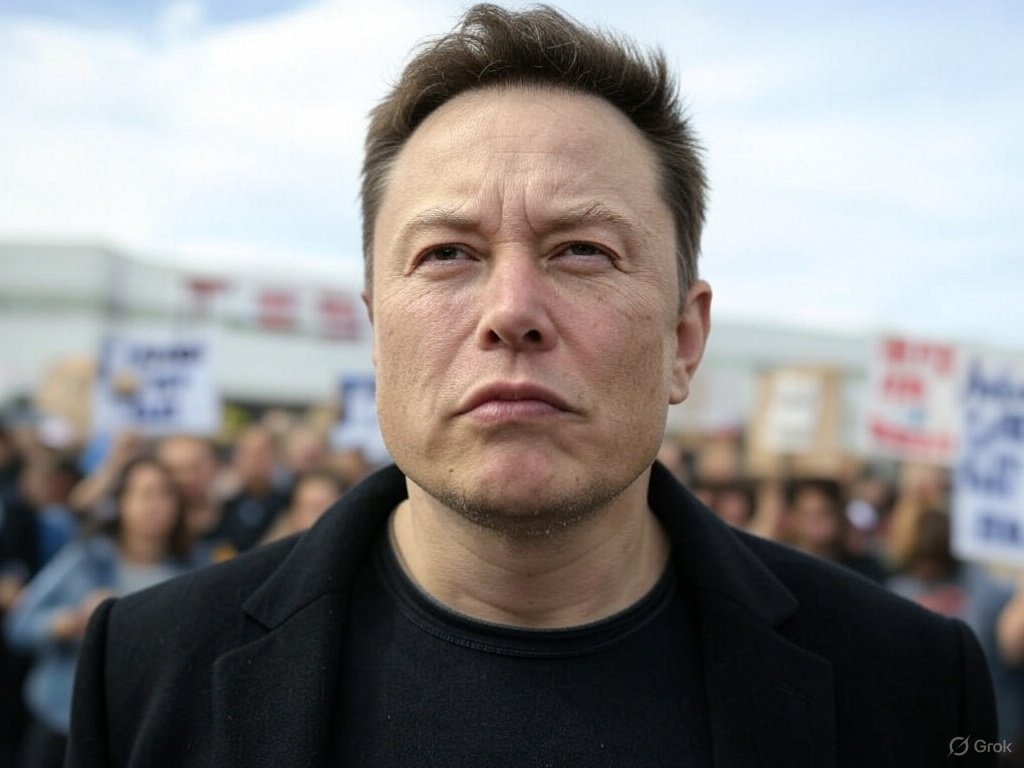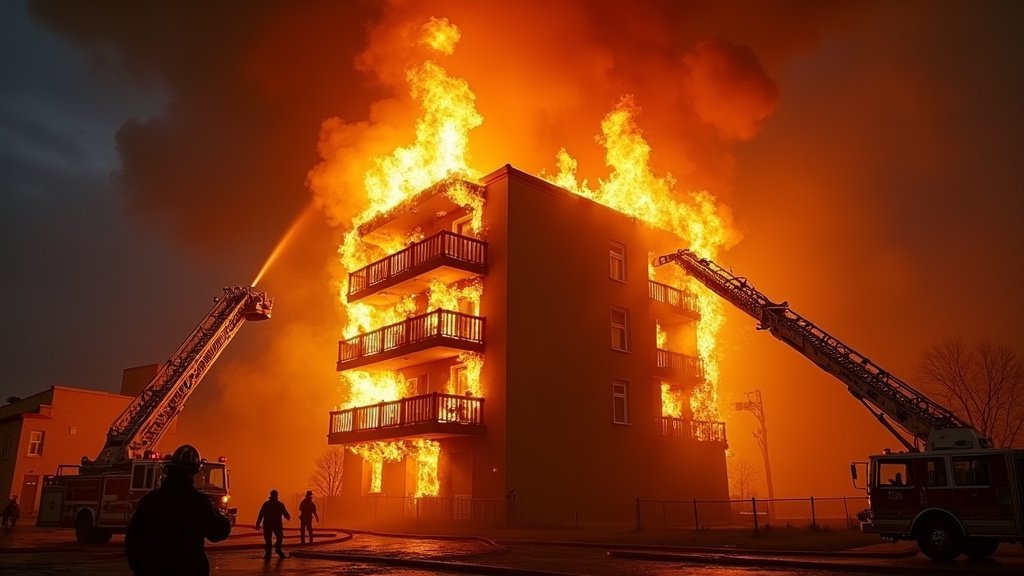Background of the Protests
The protests began with demonstrators gathering outside Tesla stores across the United States. On a notable Saturday, activists rallied in cities like Boston, New York City, and Tucson, expressing their opposition to Musk’s directives to cut federal spending, which they believe undermines the democratic process. These demonstrations are not isolated incidents; they represent a coordinated effort by liberal groups to challenge Musk’s influence and promote economic accountability.
The Motivations Behind the Backlash
Critics of both Musk and President Donald Trump have organized these protests as a means of discouraging Tesla purchases. Participants argue that by boycotting the company, they can directly impact Musk financially. “We can get back at Elon,” said Nathan Phillips, a 58-year-old ecologist from Newton, Massachusetts, during a protest in Boston. “We can impose direct economic damage on Tesla by showing up at showrooms everywhere and boycotting Tesla and telling everyone else to get out, sell your stocks, sell your Teslas.”
Musk’s Political Influence and Actions
Musk’s alignment with Trump has raised eyebrows, particularly as he has taken steps to implement sweeping changes to federal spending. His role in the newly formed Department of Government Efficiency (DOGE) has been controversial, with critics arguing that his actions infringe upon Congress’s authority over the budget. Musk has argued that Trump’s victory provided both of them a mandate to restructure the government, prompting the swift execution of job cuts and contract cancellations across various agencies, including the U.S. Agency for International Development.
Responses from the White House and Tesla
In the face of mounting protests, White House spokesperson Harrison Fields stated, “Protests will not deter President Trump and Elon Musk from delivering on the promise to establish DOGE and make our federal government more efficient and more accountable to the hardworking American taxpayers across the country.” Meanwhile, Tesla has remained silent, failing to respond to media requests for comments on the demonstrations.
The Rise of Vandalism and Antisemitism
As tensions escalate, incidents of vandalism targeting Tesla vehicles have also been reported, including acts of graffiti featuring swastikas. Such actions have raised concerns among Jewish groups and observers about a potential increase in antisemitic sentiments linked to the protests. In Colorado, federal prosecutors charged a woman connected to a series of vandalism incidents at a Tesla dealership, which included Molotov cocktails being thrown and the phrase “Nazi cars” spray-painted on the building. These events highlight the darker side of the protests and the complex emotions surrounding Musk’s position in the political landscape.
The Atmosphere of the Protests
Despite the serious issues at hand, some protests have maintained a festive atmosphere. In Boston, a brass band played music as demonstrators carried signs that mocked Musk and DOGE. One particularly eye-catching sign read: “Stop Elon and his despicable Muskrats.” Participants like Carina Campovasso, a retired federal worker, expressed their frustration with the current administration’s direction: “This government led by Trump and Musk, it’s gone completely off the rails and we are here to stop that,” she stated. “And I hope they listen.”
Impact on Tesla’s Market Position
The protests have coincided with a turbulent time for Tesla in the stock market. Since Trump’s inauguration, Tesla’s share price has plummeted by nearly a third, although it remains higher than it was a year ago. As of now, Musk’s estimated net worth stands at $359 billion, according to Forbes, although some calculations place it significantly lower for 2024 at $195 billion. This fluctuation in wealth is a testament to the volatility of the market and how public sentiment can influence investor behavior.
Future of the Protests and Ongoing Activism
With over 50 demonstrations already organized and more planned throughout March in the U.S. and abroad, the protests against Musk and his policies are likely to continue. Advocacy groups are rallying supporters, hoping to galvanize opposition against Musk’s influence in government. They aim to create a unified front against what they perceive as a threat to democratic values and economic stability.
Conclusion
The protests against Elon Musk are a reflection of the growing discontent among segments of the public towards the intertwining of business and political power. As Musk continues to exert his influence on government policy, the public’s response will likely evolve, highlighting the ongoing struggle between corporate interests and democratic accountability. As activists take to the streets, the outcome of these demonstrations could play a significant role in shaping the future of both Tesla and the broader political landscape in the United States and beyond.




